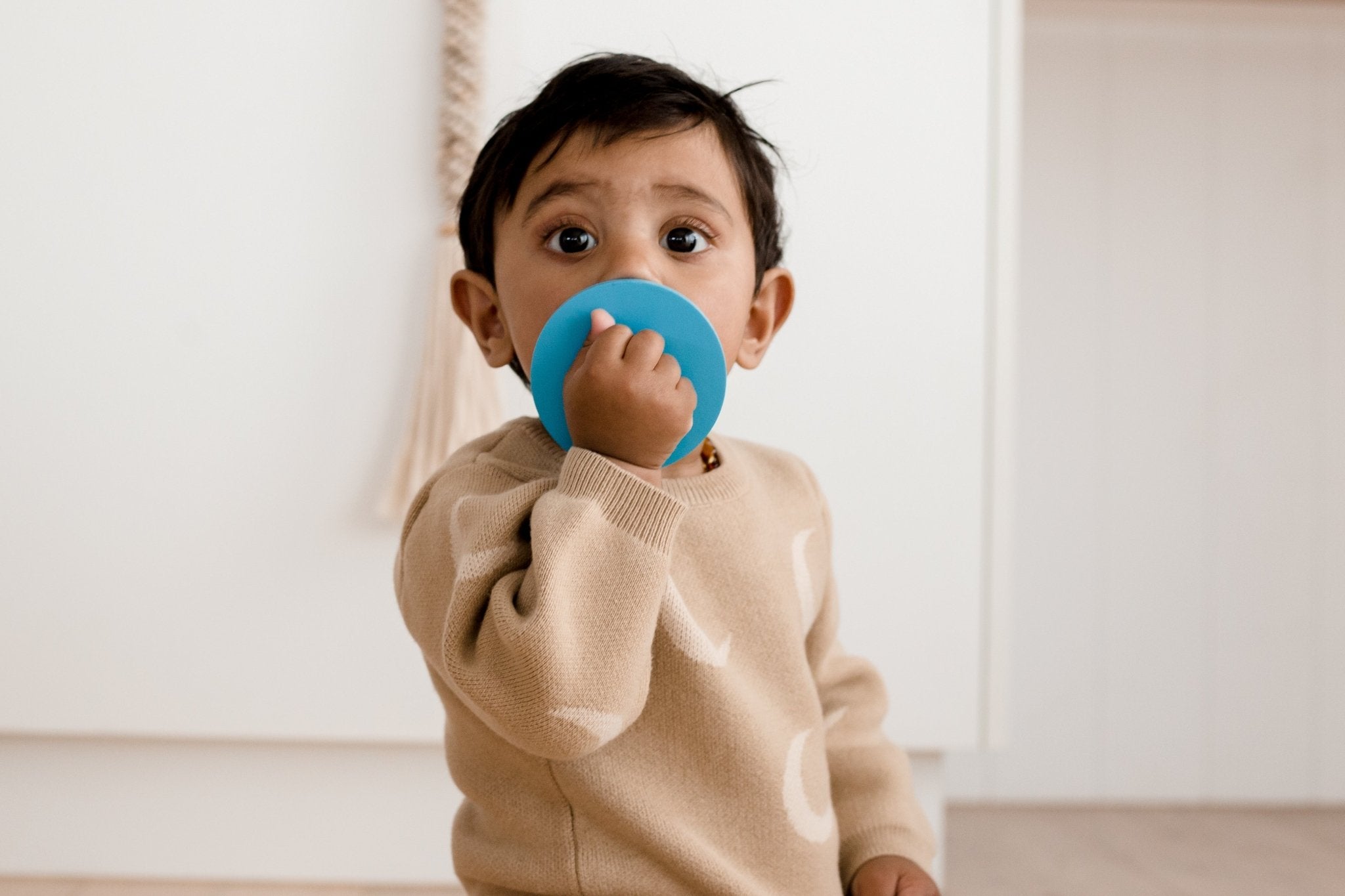Toy rotation is the process of rotating toys in and out of play for children. This way, children only see the toys they are currently interested in exploring. Toy rotation encourages creativity, focus, and independence, and parents often find that toy rotation keeps playtime fresh and exciting.
A recent study compared how children play when offered 4 compared to 16 toys. Toddlers who were offered 4 toys engaged more meaningfully with each toy. They spent more time exploring and experimenting. The toddlers also played with the toys in a more meaningful way; when compared to the children who had 16 toys available. On average, the parents of the toddlers in the study had 90 or more different toys at home.
The Montessori approach encourages having fewer toys and organising items in a way that encourages children's independence. Organised play spaces mean that pack-up time is quick and easy too!
Whether you're new to toy rotation or looking for new ideas, here are our tips on rotating toys in your home:
- Choose a designated space out of sight to store toys that are out of rotation
- Create an inviting and accessible play space. Low, open shelves are always a good choice as they foster independence and are easy for children to access
- Baskets and containers are a great way to organise small pieces and for children to practice putting in and taking out
- Observe the toys and objects that attract your child the most and how they like to play with them
- Rotate toys when it feels right. Some rotations might be a few changes, and others a few more
At Totli, we love how toy rotation engages children in new ways and encourages creativity, focus, and problem-solving skills. Parents often find rotating toys mean their children become deeply interested and engaged with some of their old toys again, often more than before!

